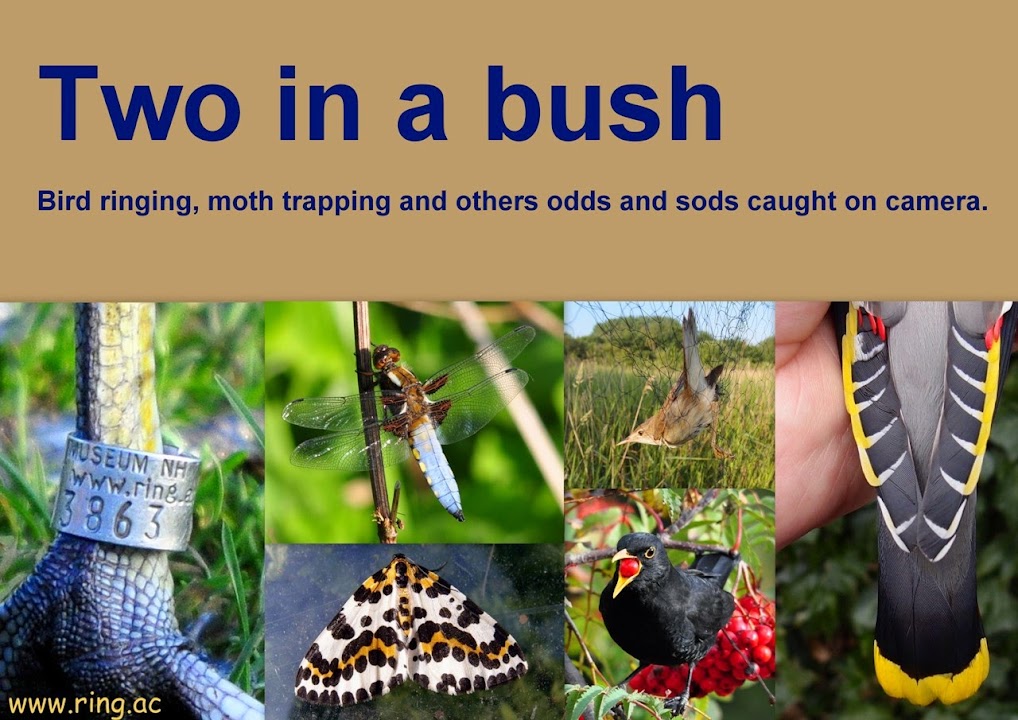| A view of the underside of the Willow Tit's tail and included for those interested in separating Willow Tit and Marsh Tit in the hand. It is all to do with the relative distances between the tips of the tail feathers and distance between the tip of the longest and shortest tail feather in particular. Willow Tits usually have more rounded corners to the tail and this results in more of the tips of the tail feathers being visible on the underside of the closed tail. This particular Willow Tit had a tail that was closer in appearance to that usually illustrated for Marsh Tit and demonstrates why separating these two species can be tricky for those who rarely handle them as they are more likely to consider such features. |






No comments:
Post a Comment